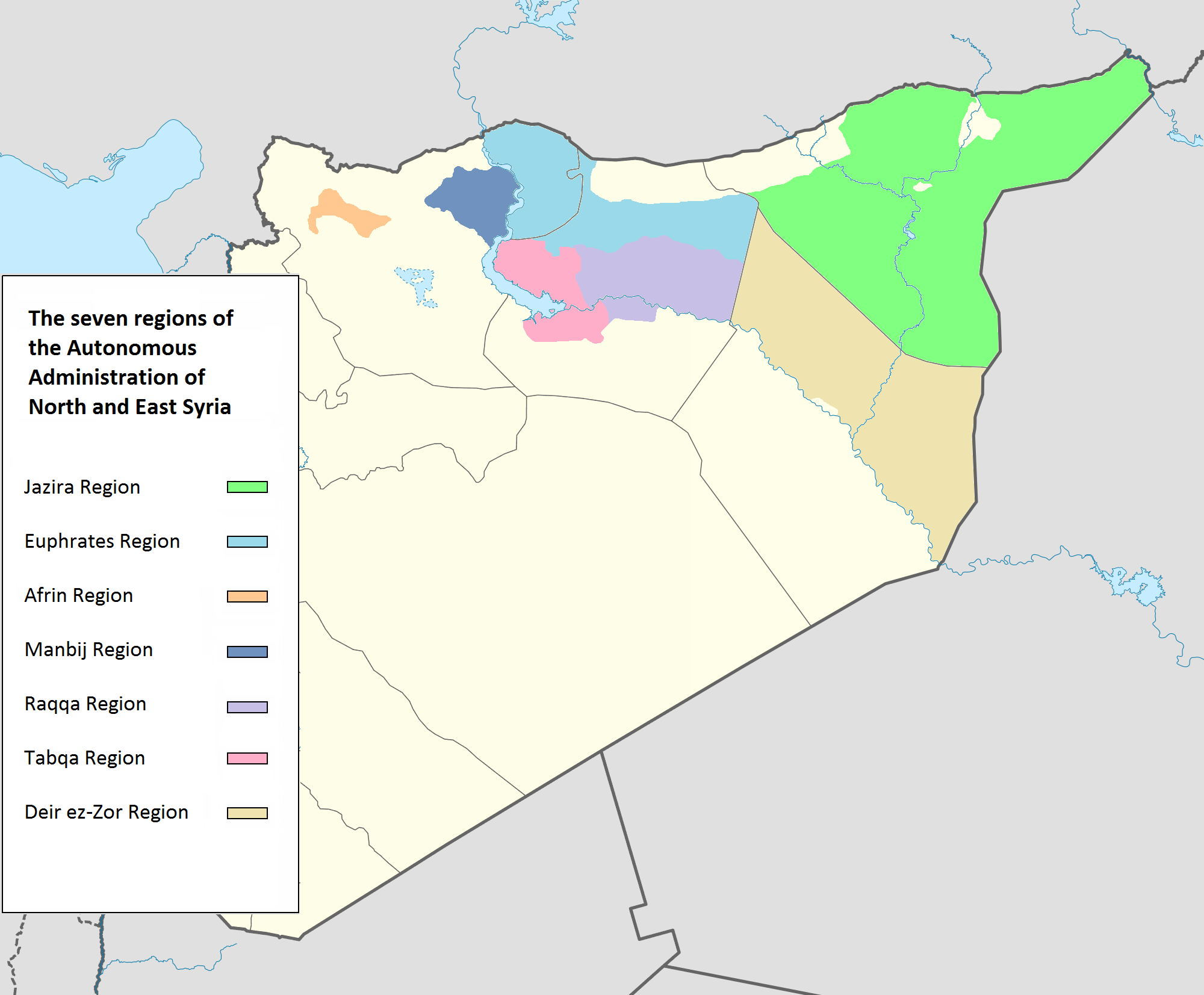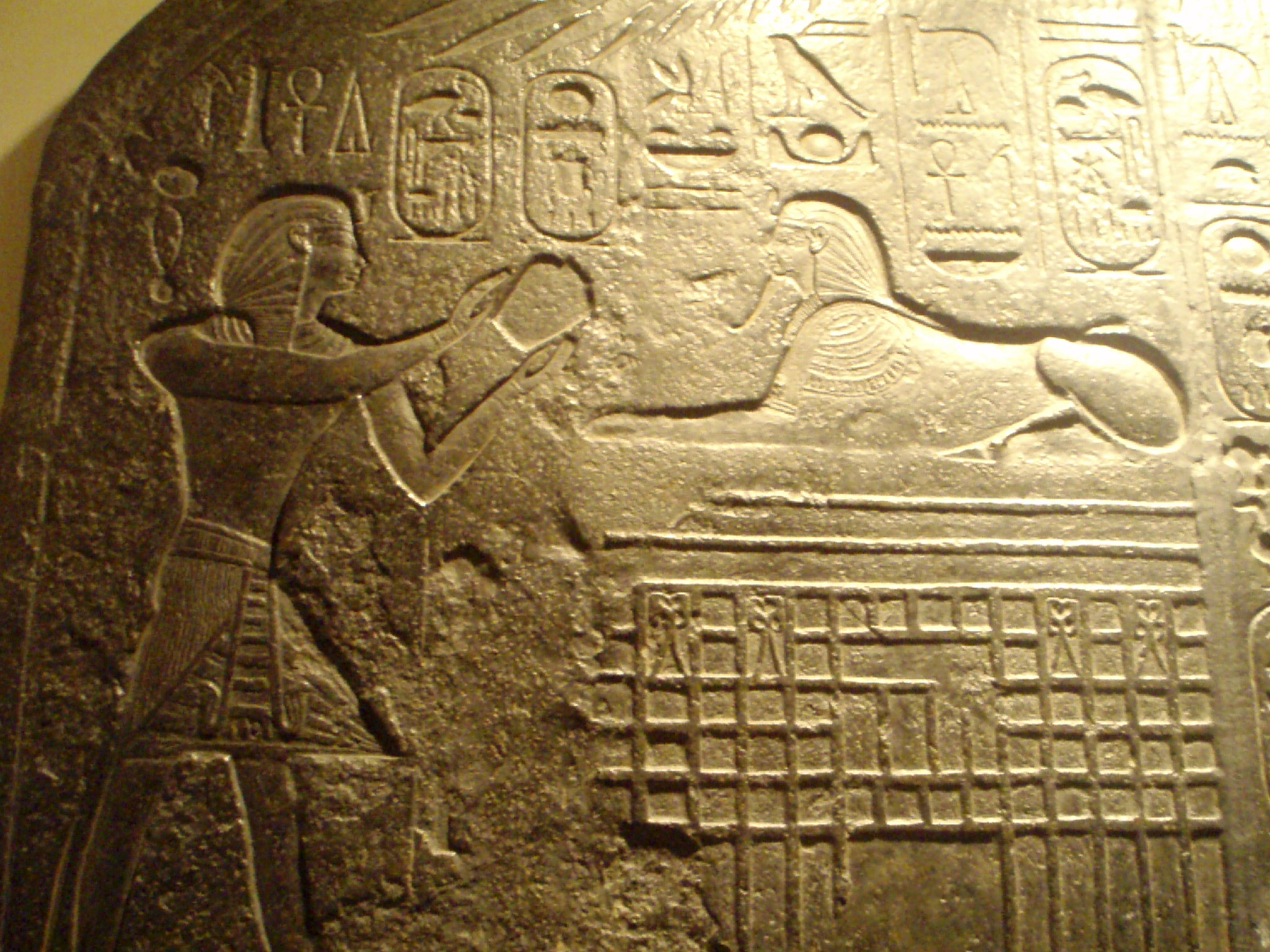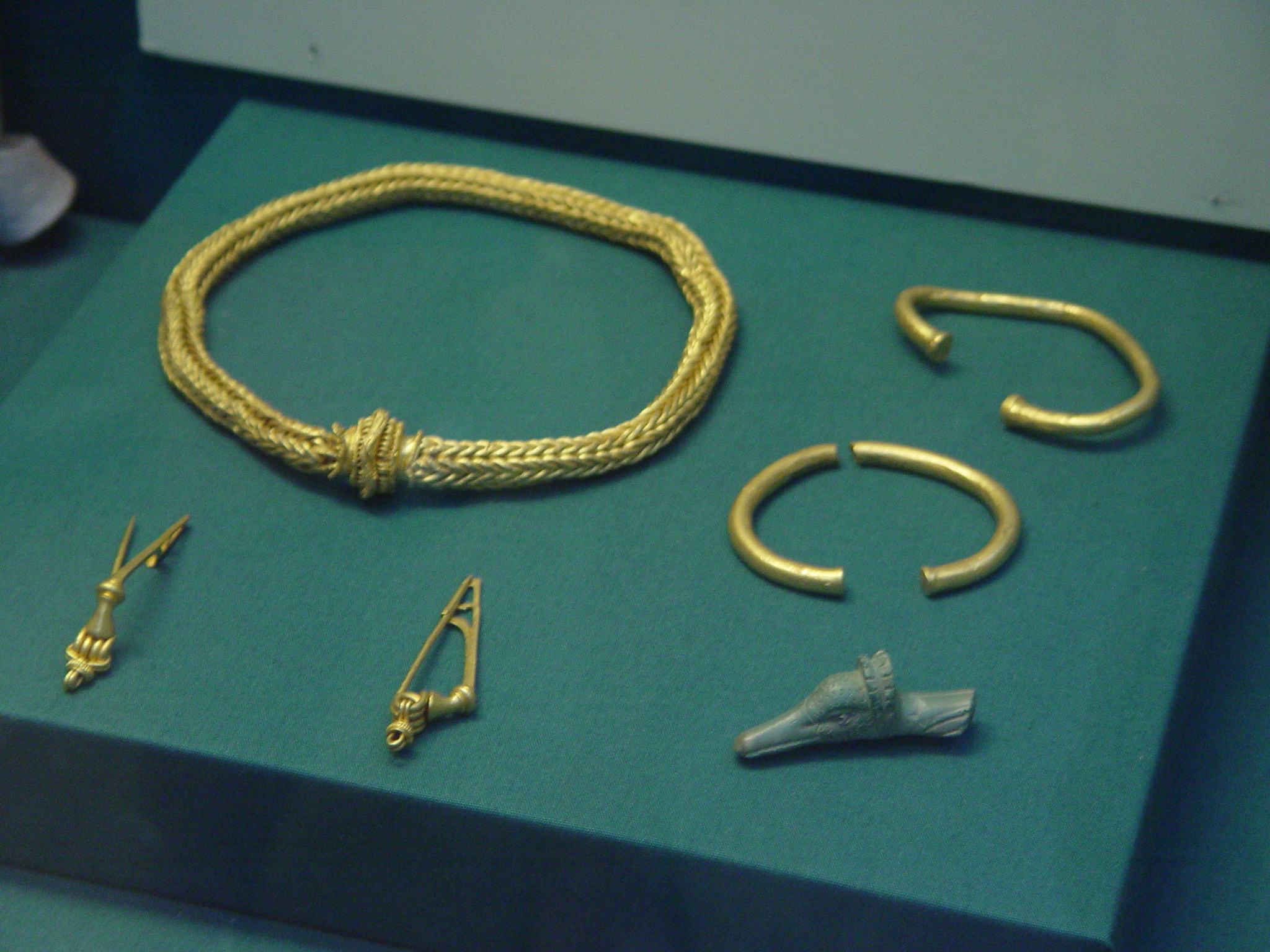|
Naharin
Naharin, MdC transliteration ''nhrn'', was the ancient Egyptian term for the kingdom of Mitanni during the 18th Dynasty of the New Kingdom of Egypt. The 18th dynasty was in conflict with the kingdom of Mitanni for control of the Levant from the reigns of Thutmose I, Thutmose III, and Amenhotep II. Amenhotep II's son, Thutmose IV, would eventually make peace with the Mitannians. Henceforth, relations between Egypt and Naharin (Mitanni) were peaceful with much diplomatic gift giving according to the correspondence of the Amarna Letters. The military annals of pharaoh Thutmose III refer to Naharin in explicit terms. In his 33rd Year, Thutmose III records: : His Majesty travelled north capturing the towns and laying waste the settlements of that foe Naharin. Inscriptions on two faces of the obelisk in Istanbul, originally erected at 15 century B.C. in the temple in Karnak, also mentions Thutmose III expanding Egypt's borders to and campaigning near Naharin (Mitanni). Lit ... [...More Info...] [...Related Items...] OR: [Wikipedia] [Google] [Baidu] |
Mitanni
Mitanni (–1260 BC), earlier called Ḫabigalbat in old Babylonian texts, ; Hanigalbat or Hani-Rabbat in Assyrian records, or in Ancient Egypt, Egyptian texts, was a Hurrian language, Hurrian-speaking state in northern Syria (region), Syria and southeast Anatolia (modern-day Turkey) with Indo-Aryan languages, Indo-Aryan Indo-Aryan superstrate in Mitanni, linguistic and political influences. Since no histories, royal annals or chronicles have yet been found in its excavated sites, knowledge about Mitanni is sparse compared to the other powers in the area, and dependent on what its neighbours commented in their texts. The Hurrians were in the region as of the late 3rd millennium BC. A king of Urkesh with a Hurrian name, Tupkish, was found on a clay sealing dated at Tell Mozan.Salvini, Mirjo. "The earliest evidences of the Hurrians before the formation of the reign of Mittanni." Urkesh and the Hurrians Studies in Honor of Lloyd Cotsen. Urkesh/Mozan Studies Bibliotheca Mesopotamic ... [...More Info...] [...Related Items...] OR: [Wikipedia] [Google] [Baidu] |
Thutmose I
Thutmose I (sometimes read as Thutmosis or Tuthmosis I, Thothmes in older history works in Latinized Greek; meaning "Thoth is born") was the third pharaoh of the Eighteenth Dynasty of Egypt, 18th Dynasty of History of Ancient Egypt, Egypt. He received the throne after the death of the previous king, Amenhotep I. During his reign, he campaigned deep into the Levant and Nubia, pushing the borders of Egypt farther than ever before in each region. He also built many temples in Egypt, and a tomb for himself in the Valley of the Kings; he is the first king confirmed to have done this (though Amenhotep I may have preceded him). Thutmose I's reign is #Dates and length of reign, generally dated to 1506–1493 BC, but a minority of scholars—who think that astrological observations used to calculate the timeline of ancient Egyptian records, and thus the reign of Thutmose I, were taken from the city of Memphis, Egypt, Memphis rather than from Thebes, Egypt, Thebes—would date his reign to ... [...More Info...] [...Related Items...] OR: [Wikipedia] [Google] [Baidu] |
Amenhotep II
Amenhotep II (sometimes called Amenophis II and meaning "Amun is Satisfied") was the seventh pharaoh of the Eighteenth Dynasty of Egypt. He inherited a vast kingdom from his father Thutmose III, and held it by means of a few military campaigns in Syria; however, he fought much less than his father, and his reign saw the effective cessation of hostilities between Egypt and Mitanni, the major kingdoms vying for power in Syria. His reign is usually dated from 1427 to 1401 BC. His consort was Tiaa, who was barred from any prestige until Amenhotep's son, Thutmose IV, came into power. Family and early life Amenhotep II was born to Thutmose III and a minor wife of the king: Merytre-Hatshepsut. He was not, however, the firstborn son of this pharaoh; his elder brother Amenemhat, the son of the great king's chief wife Satiah, was originally the intended heir to the throne since Amenemhat was designated the 'king's eldest son" and overseer of the cattle of Amun in Year 24 of Thut ... [...More Info...] [...Related Items...] OR: [Wikipedia] [Google] [Baidu] |
Manuel De Codage
The Manuel de Codage (), abbreviated MdC, is a standard system for the computer-encoding of Egyptian hieroglyphic texts. History In 1984 a committee was charged with the task to develop a uniform system for the encoding of hieroglyphic texts on the computer. The resulting ''Manual for the Encoding of Hieroglyphic Texts for Computer-input'' (Jan Buurman, Nicolas Grimal, Jochen Hallof, Michael Hainsworth and Dirk van der Plas, Informatique et Egyptologie 2, Paris 1988) is generally shortened to ''Manuel de Codage.'' It presents an easy to use way of encoding hieroglyphic writing as well as the abbreviated hieroglyphic transliteration. The encoding system of the ''Manuel de Codage'' has since been adopted by international Egyptology as the official common standard for registering hieroglyphic texts on the computer. Egyptologists have scheduled a revision for 2007 of the ''Manuel de Codage'', in order to ensure broader implementation in current and future software. List of Gardiner's ... [...More Info...] [...Related Items...] OR: [Wikipedia] [Google] [Baidu] |
Egyptian Language
The Egyptian language, or Ancient Egyptian (; ), is an extinct branch of the Afro-Asiatic languages that was spoken in ancient Egypt. It is known today from a large corpus of surviving texts, which were made accessible to the modern world following the decipherment of the ancient Egyptian scripts in the early 19th century. Egyptian is one of the earliest known written languages, first recorded in the hieroglyphic script in the late 4th millennium BC. It is also the longest-attested human language, with a written record spanning over 4,000 years. Its classical form, known as " Middle Egyptian," served as the vernacular of the Middle Kingdom of Egypt and remained the literary language of Egypt until the Roman period. By the time of classical antiquity, the spoken language had evolved into Demotic, and by the Roman era, diversified into various Coptic dialects. These were eventually supplanted by Arabic after the Muslim conquest of Egypt, although Bohairic Coptic ... [...More Info...] [...Related Items...] OR: [Wikipedia] [Google] [Baidu] |
Eighteenth Dynasty Of Egypt
The Eighteenth Dynasty of Egypt (notated Dynasty XVIII, alternatively 18th Dynasty or Dynasty 18) is classified as the first dynasty of the New Kingdom of Egypt, the era in which ancient Egypt achieved the peak of its power. The Eighteenth Dynasty spanned the period from 1550/1549 to 1292 BC. This dynasty is also known as the Thutmoside Dynasty for the four pharaohs named Thutmose. Several of Egypt's most famous pharaohs were from the Eighteenth Dynasty, including Tutankhamun. Other famous pharaohs of the dynasty include Hatshepsut (c. 1479 BC–1458 BC), the longest-reigning woman pharaoh of an indigenous dynasty, and Akhenaten (c. 1353–1336 BC), the "heretic pharaoh", with his Great Royal Wife, Nefertiti. The Eighteenth Dynasty is unique among Egyptian dynasties in that it had two Queen regnant, queens regnant, women who ruled as sole pharaoh: Hatshepsut and Neferneferuaten, usually identified as Nefertiti. History Early Dynasty XVIII Dynasty XVIII was founded by Ahmo ... [...More Info...] [...Related Items...] OR: [Wikipedia] [Google] [Baidu] |
New Kingdom Of Egypt
The New Kingdom, also called the Egyptian Empire, refers to ancient Egypt between the 16th century BC and the 11th century BC. This period of History of ancient Egypt, ancient Egyptian history covers the Eighteenth Dynasty of Egypt, Eighteenth, Nineteenth Dynasty of Egypt, Nineteenth, and Twentieth Dynasty of Egypt, Twentieth dynasties. Through radiocarbon dating, the establishment of the New Kingdom has been placed between 1570 and 1544 BC. The New Kingdom followed the Second Intermediate Period of Egypt, Second Intermediate Period and was succeeded by the Third Intermediate Period of Egypt, Third Intermediate Period. It was the most prosperous time for the Egyptians#History, Egyptian people and marked the peak of Egypt's power. In 1845, the concept of a "New Kingdom" as Periodization of ancient Egypt, one of three "golden ages" was coined by German scholar Christian Charles Josias von Bunsen; the original definition would evolve significantly throughout the 19th and 20th ... [...More Info...] [...Related Items...] OR: [Wikipedia] [Google] [Baidu] |
Levant
The Levant ( ) is the subregion that borders the Eastern Mediterranean, Eastern Mediterranean sea to the west, and forms the core of West Asia and the political term, Middle East, ''Middle East''. In its narrowest sense, which is in use today in archaeology and other cultural contexts, it is equivalent to Cyprus and a stretch of land bordering the Mediterranean Sea in Western AsiaGasiorowski, Mark (2016). ''The Government and Politics of the Middle East and North Africa''. p. 5: "... today the term ''Levantine'' can describe shared cultural products, such as Levantine cuisine or Levantine archaeology". .Steiner & Killebrew, p9: "The general limits ..., as defined here, begin at the Plain of 'Amuq in the north and extend south until the Wâdī al-Arish, along the northern coast of Sinai. ... The western coastline and the eastern deserts set the boundaries for the Levant ... The Euphrates and the area around Jebel el-Bishrī mark the eastern boundary of the northern Levant, as d ... [...More Info...] [...Related Items...] OR: [Wikipedia] [Google] [Baidu] |
Thutmose III
Thutmose III (variously also spelt Tuthmosis or Thothmes), sometimes called Thutmose the Great, (1479–1425 BC) was the fifth pharaoh of the 18th Dynasty of Egypt. He is regarded as one of the greatest warriors, military commanders, and military strategists of all time; as Egypt's preeminent warrior pharaoh and conqueror; and as a dominant figure in the New Kingdom period. Officially, Thutmose III ruled Egypt from his coronation on 28 April 1479 BC at the age of two until his death on 11 March 1425 BC. But for the first 22 years of his reign, he was coregent with his stepmother and aunt, Hatshepsut, who was named the pharaoh.Partridge, R., 2002. Fighting Pharaohs: Weapons and warfare in ancient Egypt. Manchester: Peartree. pp. 202–203 He became sole ruler after Hatshepsut's death in 1458. Thutmose III conducted between 17 and 20 military campaigns, all victorious, which brought ancient Egypt's empire to its zenith. They are detailed in the inscriptions known as the Ann ... [...More Info...] [...Related Items...] OR: [Wikipedia] [Google] [Baidu] |
Thutmose IV
Thutmose IV (sometimes read as Thutmosis or Tuthmosis IV, Thothmes in older history works in Latinized Greek; Ancient Egyptian: ''ḏḥwti.msi(.w)'' "Thoth is born") was the 8th Pharaoh of the 18th Dynasty of Egypt, who ruled in approximately the 14th century BC. His prenomen or royal name, Menkheperure, means "Established in forms is Re." He was the son of Amenhotep II and Tiaa. Thutmose IV was the grandfather of Akhenaten. Life Thutmose IV was born to Amenhotep II and Tiaa, but was not actually the crown prince and Amenhotep II's chosen successor to the throne. Some scholars speculate that Thutmose ousted his older brother in order to usurp power and then commissioned the Dream Stele in order to justify his unexpected kingship. Thutmose's most celebrated accomplishment was the restoration of the Great Sphinx of Giza and subsequent commission of the Dream Stele. According to Thutmose's account on the Dream Stele, while the young prince was out on a hunting trip, he stopped ... [...More Info...] [...Related Items...] OR: [Wikipedia] [Google] [Baidu] |
Diplomatic Gift
A diplomatic gift is a gift given by a :diplomat, politician or leader when visiting a foreign country. Usually the gift is reciprocated by the host. The use of diplomatic gifts dates back to the ancient world and givers have competed to outdo each other in the lavishness of their gifts. Examples include silks given to the West by the Byzantines in the early Middle Ages,"Silken diplomacy" by Anna Muthesius in Shepard J. & Franklin, Simon. (Eds.) (1992) ''Byzantine Diplomacy: Papers from the Twenty-fourth Spring Symposium of Byzantine Studies, Cambridge, March 1990.'' Aldershot: Variorum, pp. 236–248. the luxury book,"The luxury book as diplomatic gift" by John Lowden in Shepard J. & Franklin, Simon. (Eds.) (1992) ''Byzantine Diplomacy: Papers from the Twenty-fourth Spring Symposium of Byzantine Studies, Cambridge, March 1990.'' Aldershot: Variorum, pp. 249–260. and panda diplomacy by the Chinese in the twentieth century. The Middle Ages In 757 Byzantine emperor Constantine ... [...More Info...] [...Related Items...] OR: [Wikipedia] [Google] [Baidu] |








